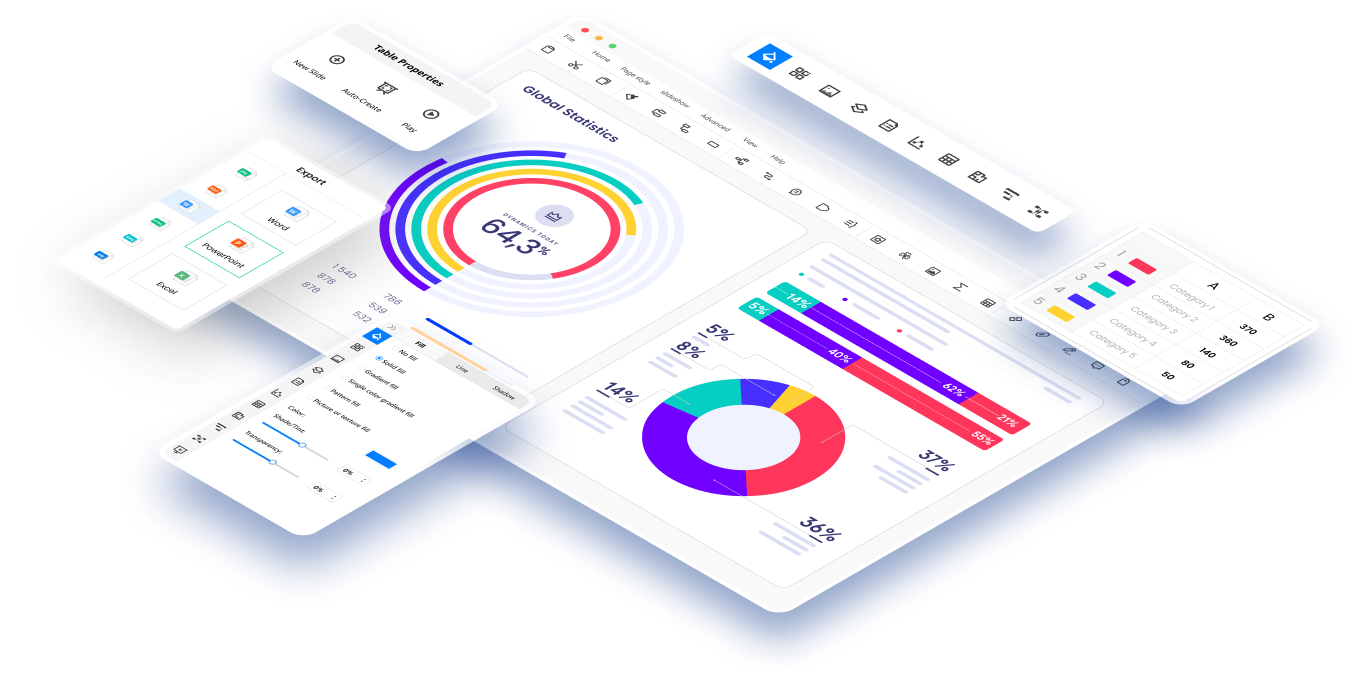Project management is a complex field that involves planning, organizing, and executing projects to achieve specific goals within a given time frame. However, throughout the project lifecycle, various uncertainties and potential threats, known as project risks, can hinder the successful completion of a project. This article will delve into the concept of project risks, the significance of risk response plans in project management, different types of risk response strategies, and more.
In this article
Part 1. What is a Project Risk?
At the outset, understanding the term "project risk" is vital. A project risk refers to any uncertain event or condition that, if it occurs, could have an impact on the project objectives, such as cost, schedule, quality, or scope. In simpler terms, a project risk is an impending threat that might pose a challenge to the successful completion of a project.
A risk response plan is a structured approach to manage and address identified project risks. It involves developing a comprehensive strategy to either avoid, mitigate, transfer, accept actively, accept passively, or escalate risks. The primary goal of a risk response plan is to minimize the negative impact of risks and capitalize on any potential opportunities that might arise during the project execution.
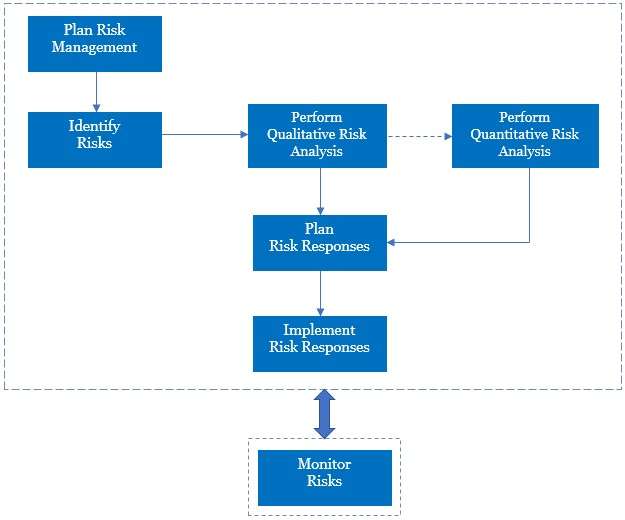
Part 2. Types of Risk Response Strategies
A risk response plan is of utmost importance in project management for several reasons. It allows project managers to be proactive rather than reactive when it comes to dealing with uncertainties. By anticipating potential risks, project managers can prepare appropriate responses in advance, mitigating any negative consequences.
There are some major types of risk response strategies. Project managers can employ these strategies for effective risk management.
- Avoid Risk: In this strategy, project managers aim to eliminate the risk entirely by changing the project scope, utilizing alternative resources, or adopting a different approach.
- Mitigate Impact/Probability of a Risk: This approach focuses on minimizing the severity of a risk or reducing its likelihood of occurrence. It involves developing contingency plans, conducting thorough risk assessments, and implementing proactive measures.
- Transfer Risk: In this strategy, project managers shift the responsibility for managing a risk to a third party, such as insurance companies or subcontractors. This approach helps distribute the potential impact of a risk and reduces the project's exposure.
- Actively Accept Risk: Sometimes, project managers choose to embrace certain risks when the potential benefits outweigh the negative consequences. They may opt to accept the risk and develop strategies to exploit potential opportunities.
- Passively Accept Risk: This strategy involves acknowledging the existence of a risk without actively developing a response plan. It is typically employed when the risk's impact is minimal or the cost of mitigation outweighs the potential consequences.
- Escalate Risk: When risks pose significant threats and require specialized expertise or authority, project managers may escalate them to higher management levels for further analysis and decision-making.
Part 3. Pillars of Risk Control
Risk control is an integral part of project management. There are some risk response types that are the key pillars of risk control.
- Risk Analysis: This pillar involves identification, assessment, and prioritization of project risks. It includes gathering information about risks, analyzing their potential impact, and determining their likelihood of occurrence.
- Risk Response Planning: Here, project managers develop, document, and communicate strategies to address identified risks. It encompasses outlining specific actions, assigning responsibilities, and establishing timelines for risk response activities.
- Risk Monitoring and Control: This pillar focuses on continuously monitoring project risks, tracking their progress, and implementing control measures. It involves regular progress reviews, updating risk response plans, and taking corrective actions, if necessary.
Part 4. Make a Risk Response Plan Flowchart with Edrawmax
Creating risk response plans can be a daunting task, but with Wondershare EdrawMax, creating them becomes easier and relatively straightforward. The tool can be used to create professionally looking charts and other visual documents with ease. The steps to make a risk response development plan flowchart using the tool are as follows:
Step 1: First enter your credentials, and sign in to EdrawMax. After doing this, You will be taken to the homepage.
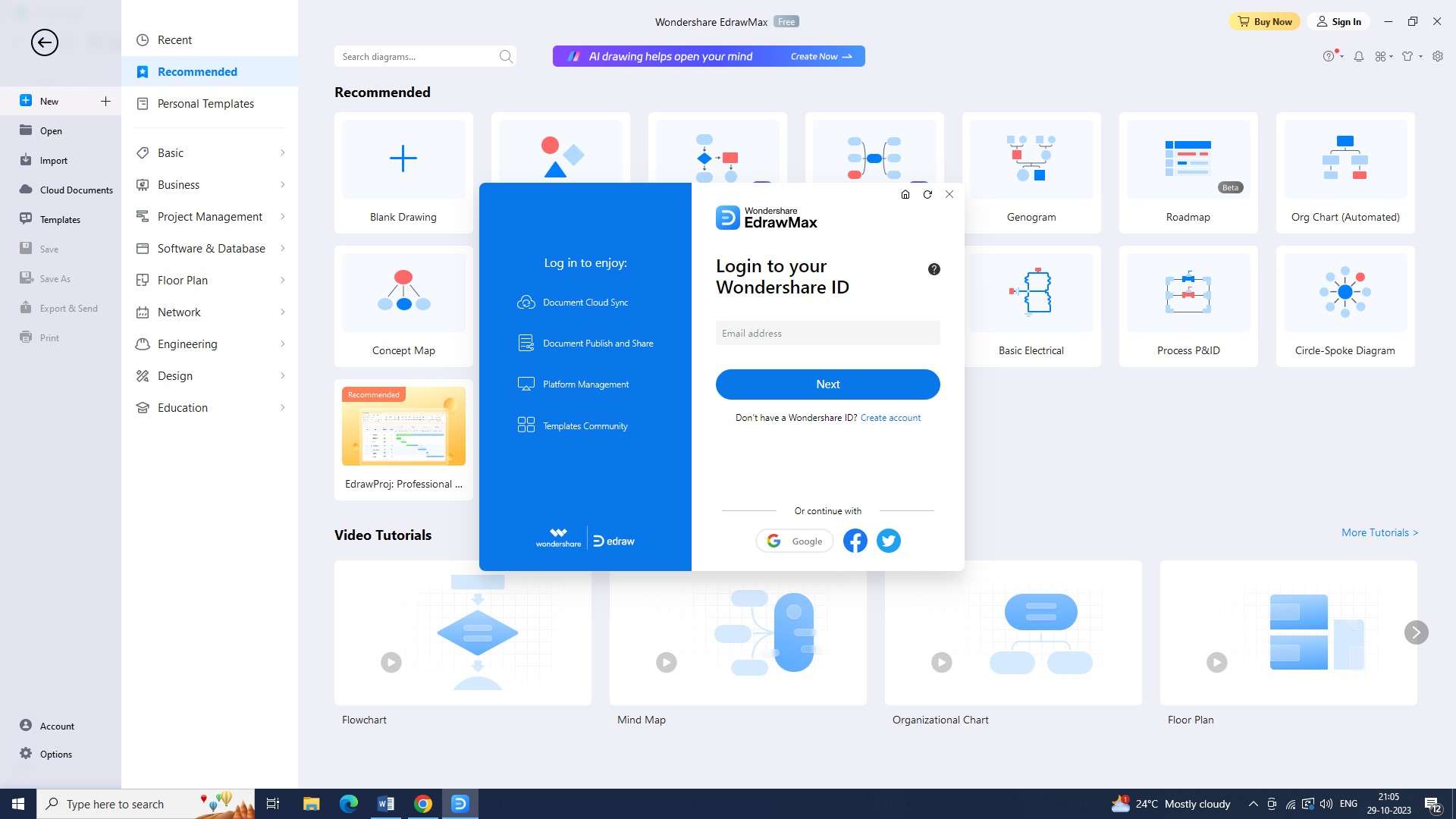
Step 2: Now you can create a new document. Click on the “+” sign beside “New” button to do this.
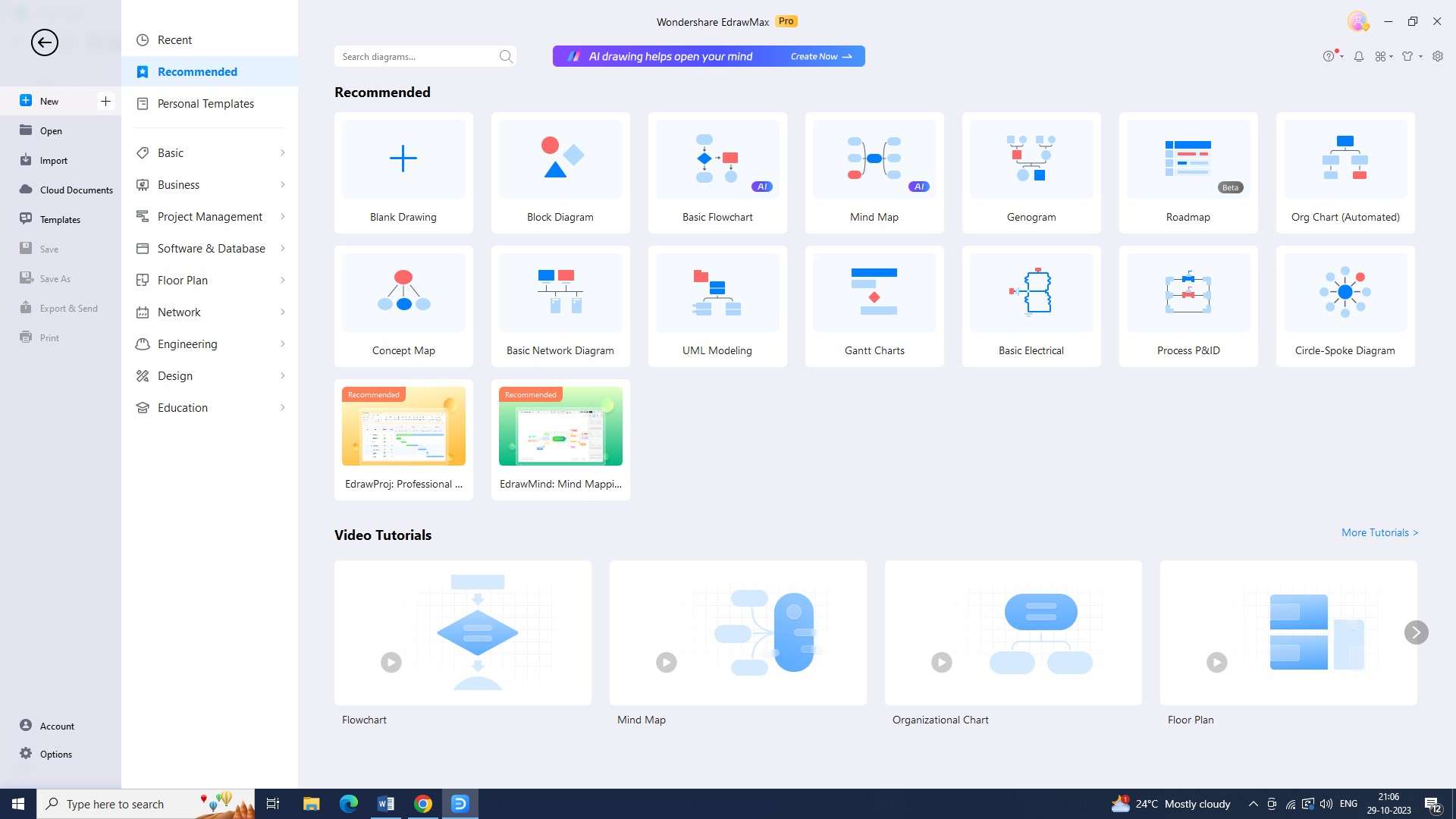
Step 3: Once a new document is opened, you will be able to select from a variety of templates to create your risk response plan. EdrawMax offers an enormous list of templates.

Step 4: After choosing a template, you will be presented with a customizable chart. You can then add different elements to your chart such as colors, lines, and more.
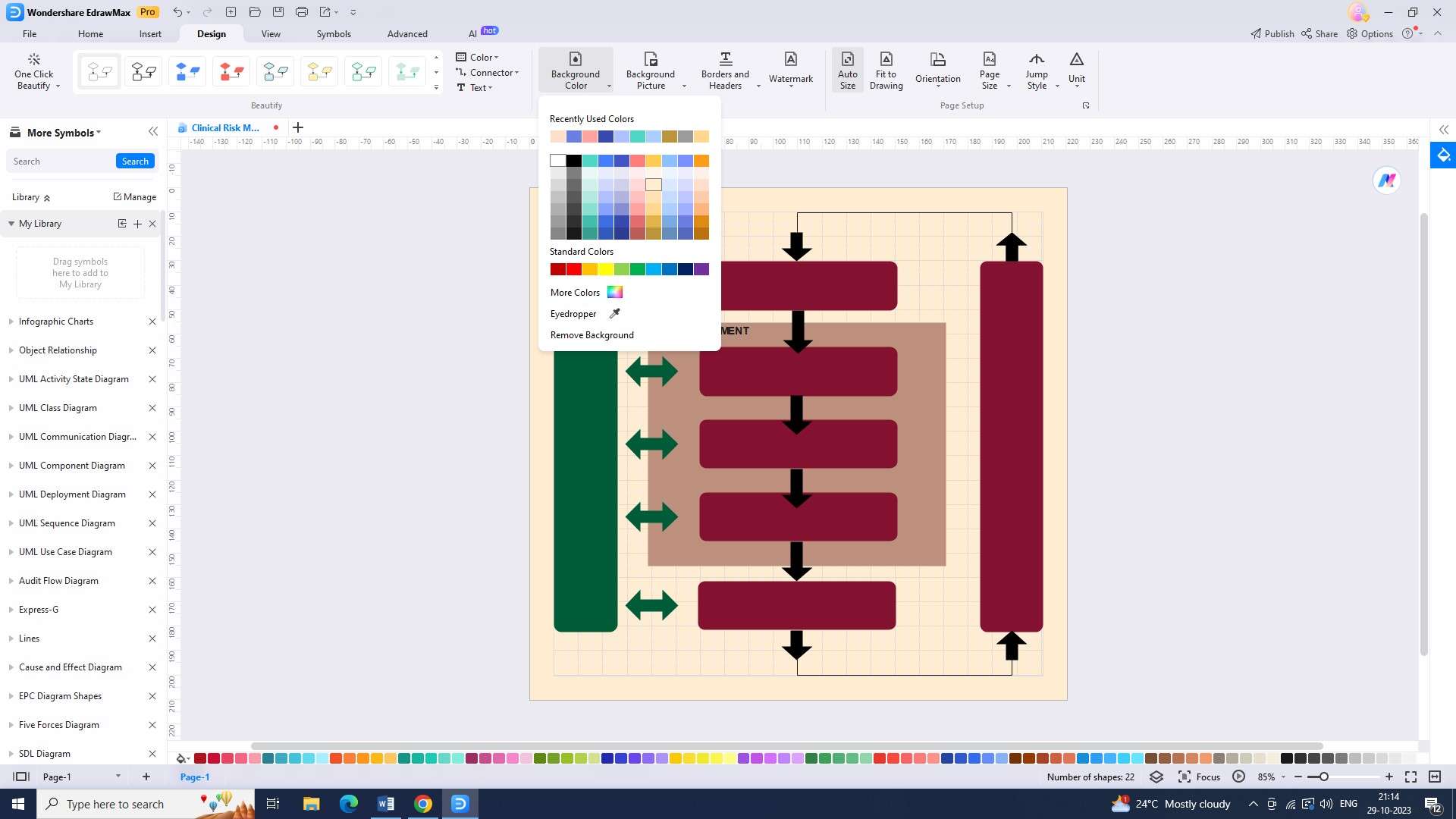
Step 5: Once you have customized your chart, you can add text to it. You can do this by clicking on the “Text” shapes and adding in your text as desired.

Step 6: After you have finished adding text to your risk response plan chart, you can then save it for later. This can be done by going to the “File” menu and selecting “Save” or “Save As” to save your chart.
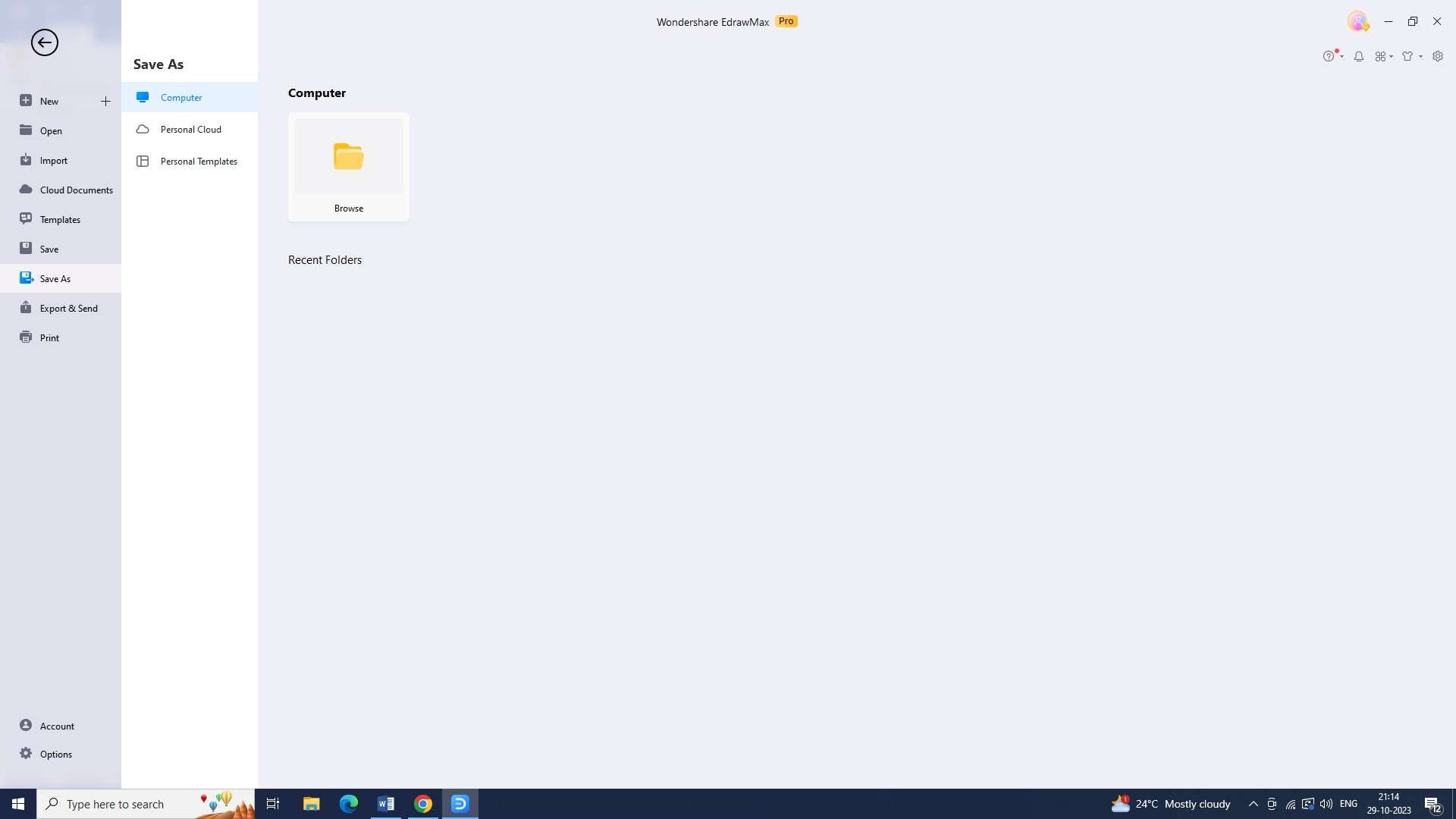
Step 7: You can now export your chart by “File” menu and selecting “Export”. In the export options tab, you can select your desired format for exporting.
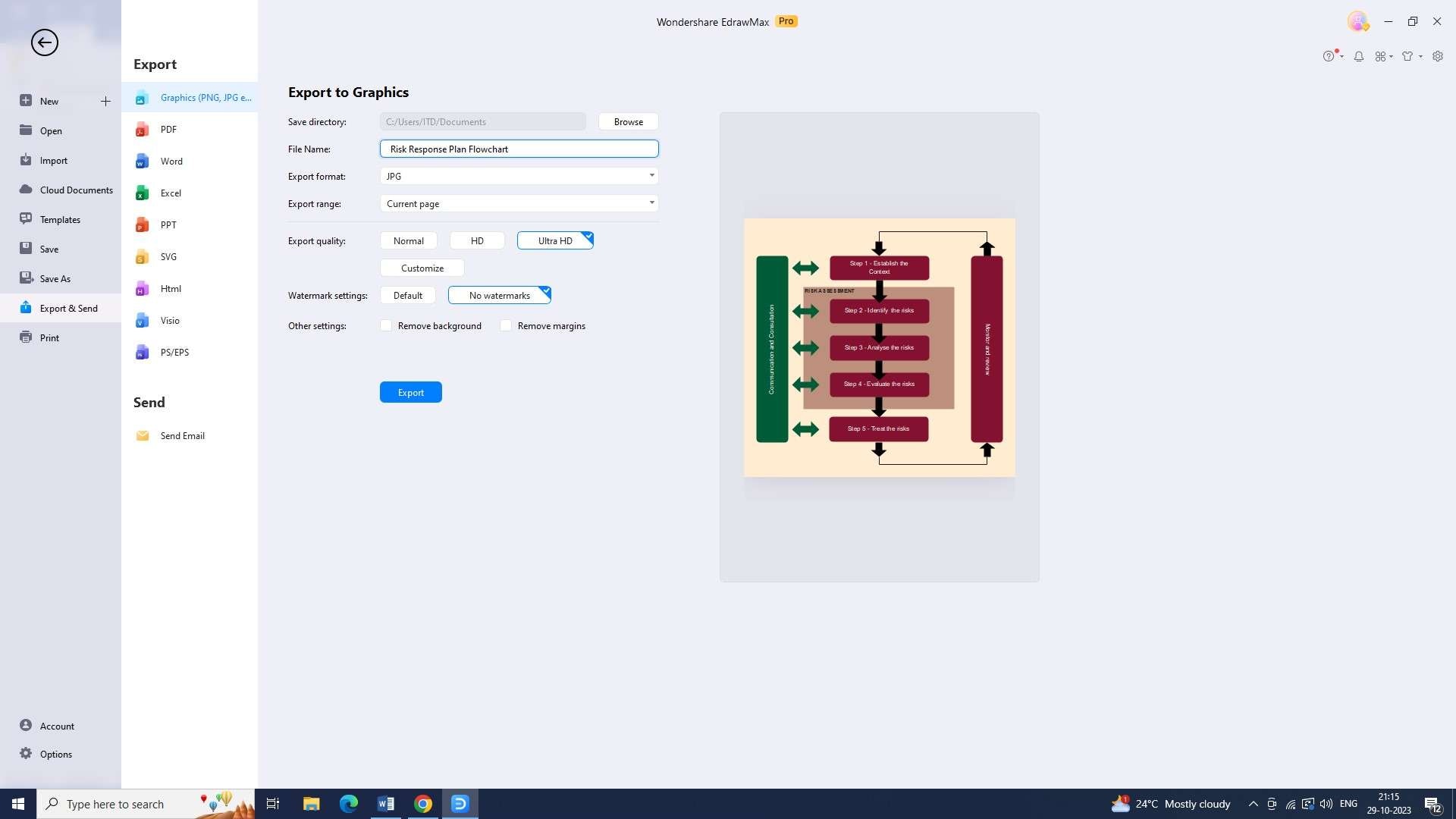
Conclusion
Project risks pose a threat to the successful completion of a project, and effective risk management is essential to mitigate negative consequences. A well-thought-out risk response control plan empowers project managers to proactively address uncertainties, enhance and project control.

